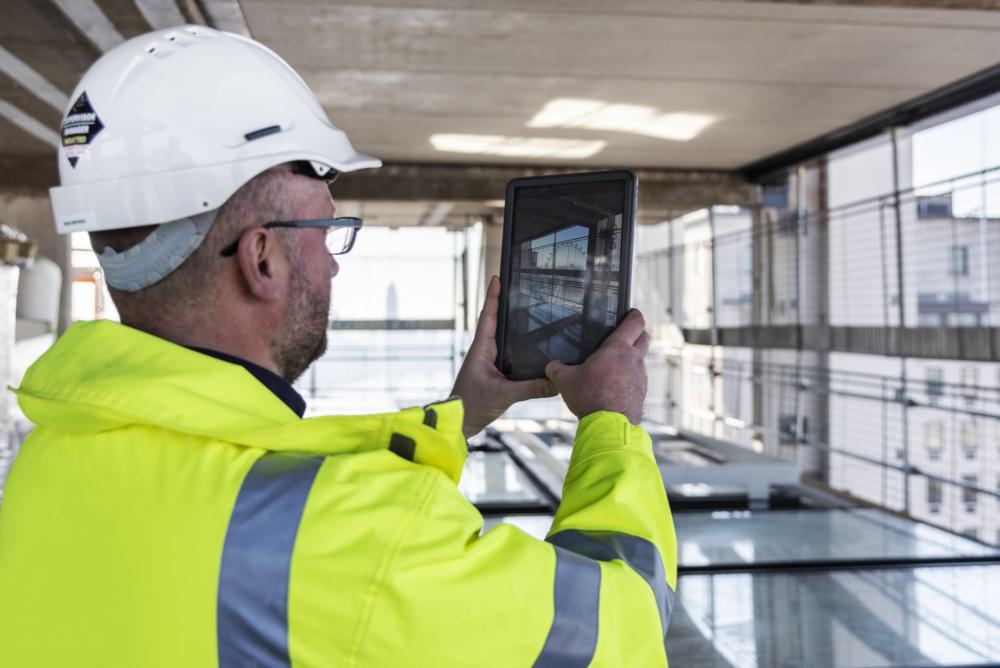What’s next in B2B influencer marketing
Trust and authenticity remain essential aspects of this marketing strategy as it grows in the B2B space

Influencer marketing strategies have been common in the B2C space for many years now, with big-name celebrities endorsing anything from teeth whiteners to tequila and everything in between.
If you’re on social media, you’ve likely come across these sponsored posts, but what you probably haven’t seen is your favourite social media personality advocating a new rotary valve, an innovative plastic, or the latest in safety monitoring technology.
The B2B side of influencer marketing is more complex and subtle. Special considerations need to be taken when initiating a client-influencer relationship and choosing the appropriate channels to work through.
Though B2B influencer marketing requires a more nuanced approach than its B2C counterpart, there is fantastic potential for it to be an effective marketing strategy, and it’s likely to gain popularity in the future.
Let’s get down to business
Influencer marketing is based on the notion that consumers are more likely to make a purchase from someone they trust and whose opinions they respect. In the B2C world, these influencers can simply be someone their followers admire or look up to, but B2B influencers need to be respected in their niche.
“B2B influencers are people with large followings in a specific industry who marketers reach out to for co-branded content,” says Jason Woudsma, Social Media Specialist at Motum B2B. “Because the message is coming from someone that has built trust with their followers, it usually has a higher success rate than the brand just pushing out an ad.”
The effectiveness of influencer marketing is dependent on several factors, including the niche or topic, channels used, and the products and influencers themselves. A well-executed influencer campaign can bring increased engagement and awareness.
More than 63% of people trust recommendations from an influencer over a brand or business, even if they don’t necessarily know the influencer. Analyst data shows each dollar invested in influencer marketing yielded $5.20 in return media value.
“You're usually going to see a higher engagement rate on an influencer post versus a regular branded post,” says Woudsma. “On LinkedIn, for example, a top industry speaker’s post can rack up some serious engagement.”
Choosing channels
The most effective channels for B2B influencers tend to differ from those used by B2C influencers, who typically choose visual-first social networks like Instagram or TikTok.
Due to the longer sales cycle in B2B, B2B influencers spread their message across channels where their audience spends time learning and researching, such as LinkedIn, webinars, industry articles, and live events like trade shows and conferences.
Account-based marketing strategies should be used in conjunction with B2B influencer marketing to increase its effectiveness, and you shouldn’t expect to see results for at least 6 months, a far cry from the 30-days-or-less time it takes for B2C influencer programs.
It’s also crucial that B2B influencers don’t just “influence” by posting a promotion or showcasing a new product or service – they must also engage with their audience to build connection and trust, and this back-and-forth communication is ideal for live events and webinars.

The right one
In addition to choosing the appropriate channels, choosing who to work with as an influencer is an equally important consideration.
To initiate a partnership, a brand or agency reaches out to the influencer’s marketing or media relations team and pitch an influencer opportunity. The parties then discuss terms and conditions, channels, media coverage, hashtags, post frequency, and more.
“You have to do your due diligence and ensure that the person you are starting a business partnership with makes sense for you in a number of different avenues, including brand perspective, marketing perspective and geographic location,” says Giles Lino, PPC Strategist at Motum. “A lot of it comes down to trust, visibility and how big their following is.”
Unlike B2C influencers, who are often well-known by broad audiences, most B2B influencers will be only known within their niche.
“In B2B you find a lot of less popular or well-known influencers, because we're looking for technical expertise and trust in a specific area,” says Woudsma. “It's much less likely that any of us are going to know who’s hot right now in automotive paint coatings or furniture coatings, but those people do exist.”
Instead of working with the influencer with the most followers, more emphasis should be placed on micro- or nano-influencers, who have a smaller but often highly engaged audience.
The future of B2B influencer marketing
As marketing strategy evolves, we can expect influencers to leverage new and different platforms to reach their audiences. We may also see more influencers who blur the line between B2B and B2C.
“Some of the platforms we've seen that are more favorable to B2B influencers include Clubhouse and Twitter spaces, which are live audio hangouts. We're seeing a lot of B2B play in those spaces,” says Woudsma.
We may also see changes in who becomes an influencer, as many people with strong influence or followers in the B2B space work for a specific company to promote their own products and are not “true” influencers.
“The B2B space needs to be willing to work with people who might also work with a competitor,” says Lino. “I think exclusivity contracts or requirements can get in the way of B2B professionals actually being able to be B2B influencers in those spaces, but I do think that’s going to change.”
Regardless of what social media platforms or marketing channels will look like in the future, combining trust, expertise and an engaged audience will remain imperative for B2B professionals to position themselves as influencers and thought leaders.